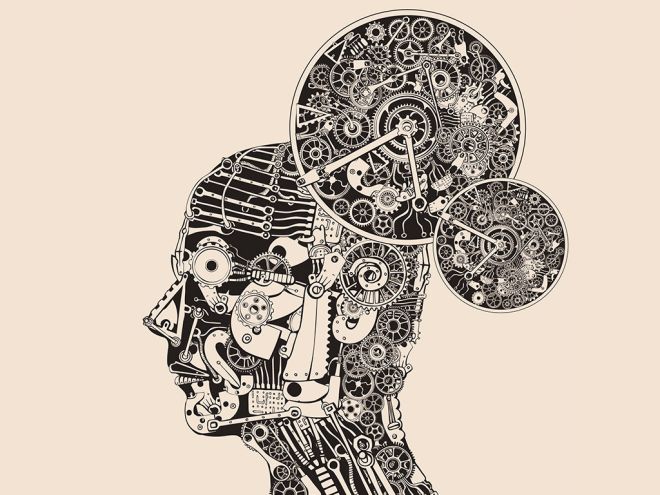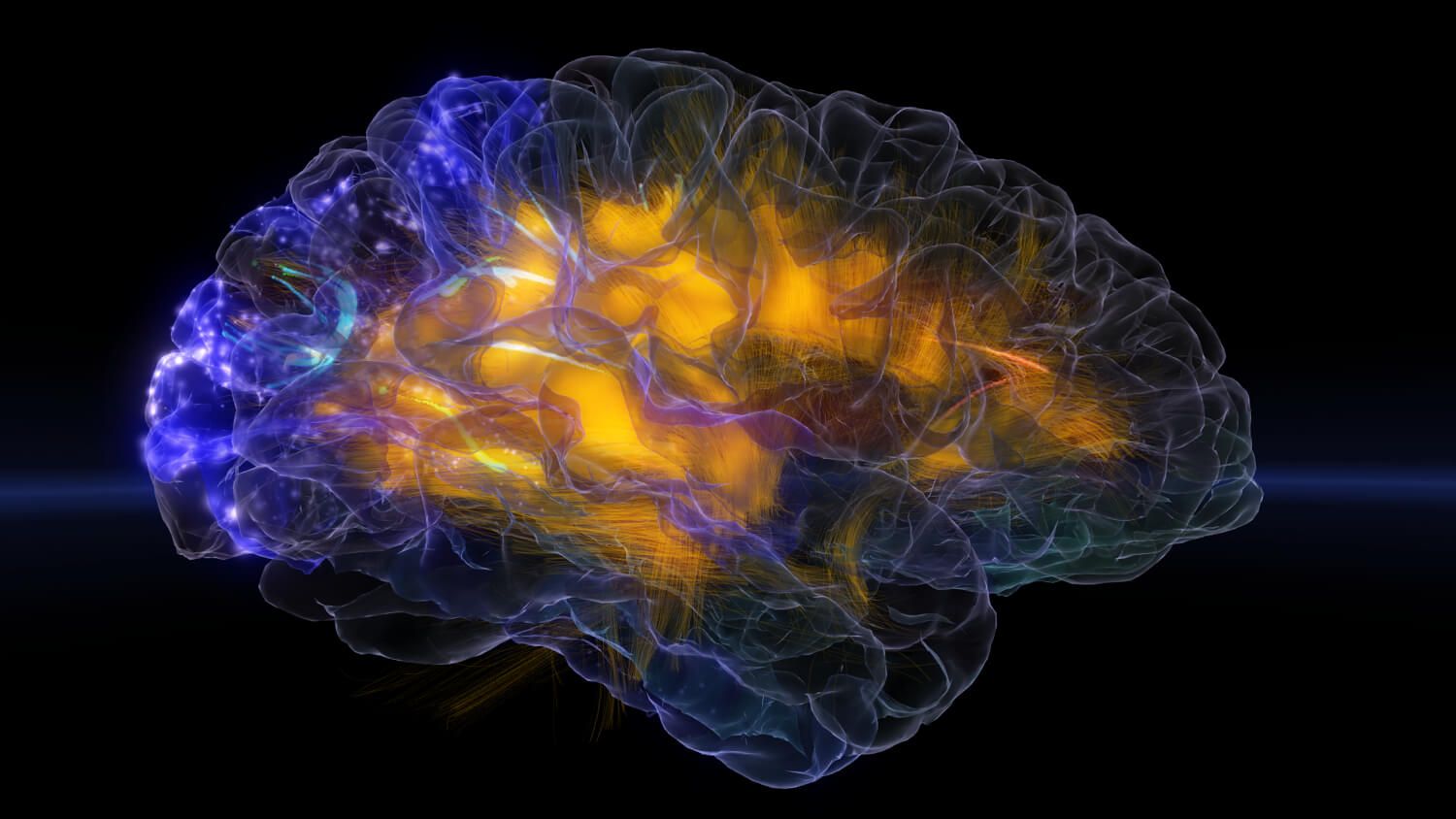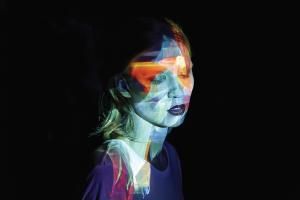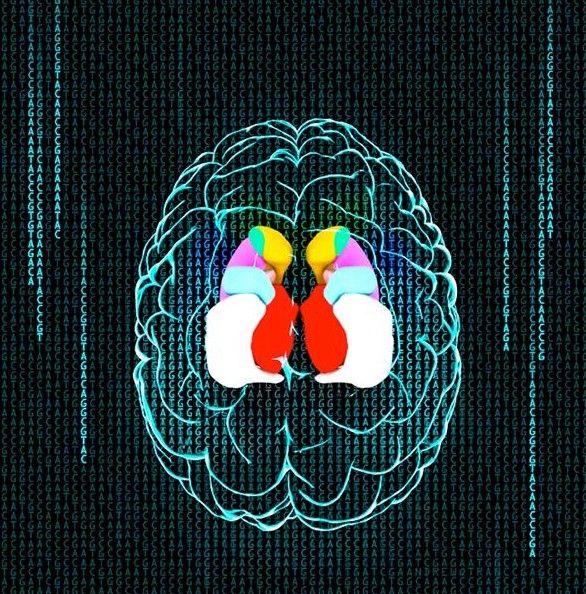Matthew Herper — Forbes
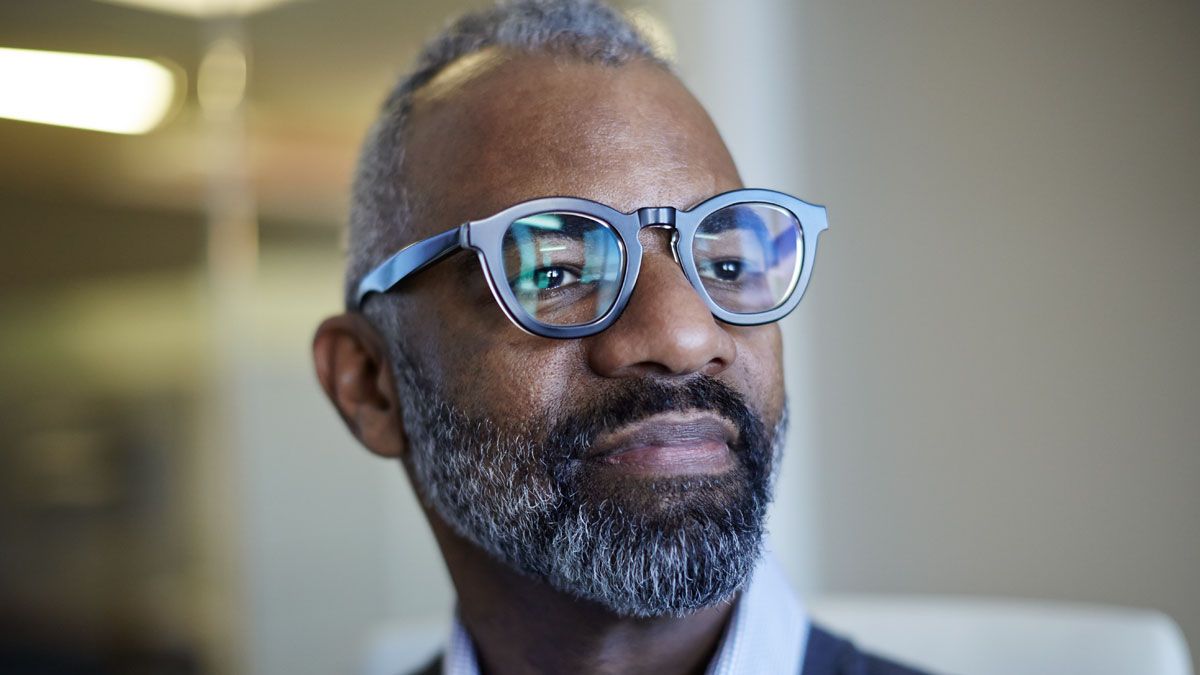
TONY COLES COULD have had any job he wanted in the drug industry. In five years at the helm of cancer drug developer Onyx Pharmaceuticals he increased its market cap eightfold by purchasing an experimental blood cancer drug for $800 million, developing it into a big seller and flipping the whole company to Amgen AMGN +1.01% for $10.4 billion in October 2013. He personally made $60 million on the deal. Biotech watchers expected him to start another cancer company or even command a drug giant like Merck or Pfizer PFE −0.29%.
Instead, Coles, 54, is using his own money to build a Cambridge, Mass.-based startup called Yumanity that is using yeast, the microbes that help make bread and beer, to study how misfolded proteins in the brain cause Alzheimer’s, Lou Gehrig’s disease and Parkinson’s, and to create drugs based on that knowledge. There’s already interest from Big Pharma. Coles says he chose to attack brain diseases, not tumors, because the need is so dire and the science is so fresh.
“We’ve got 50 million people around the world who have these diseases, costing $650 billion a year, and lots of families like mine that have been affected,” says Coles. “I had a grandmother who died of the complications of Alzheimer’s disease. I think about my own health as well.”
Read more
